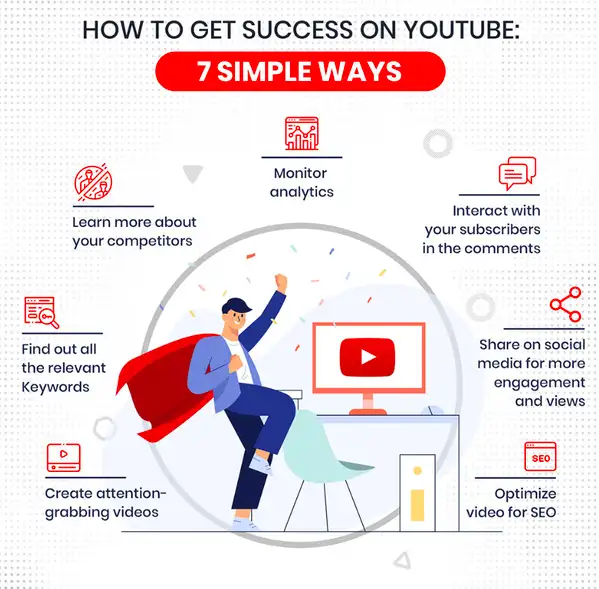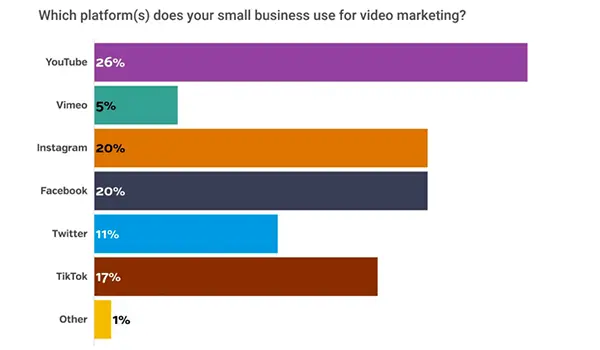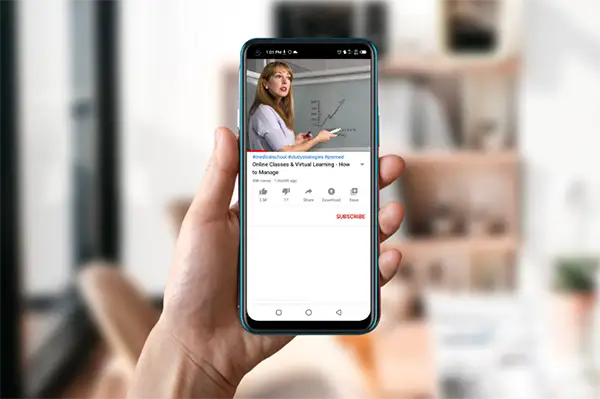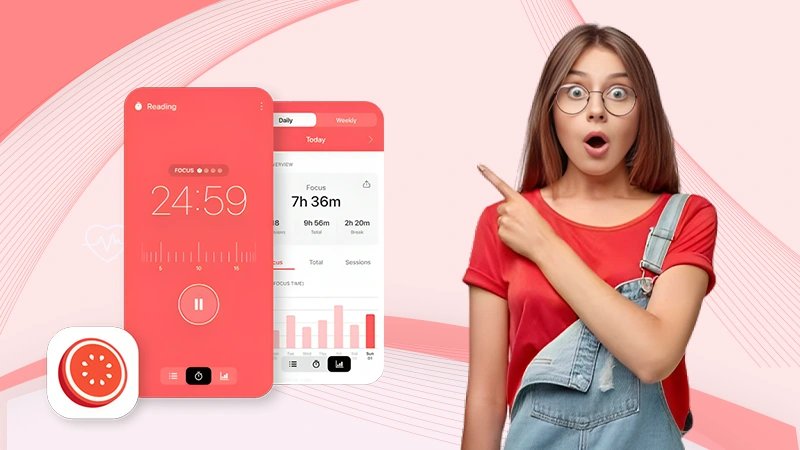As digital marketing moves rapidly towards prioritizing video over static content, YouTube is becoming a key player for small businesses.
Here in 2024, you’re probably pretty accustomed to browsing the platform as an individual user, but using it to grow your entrepreneurial pursuits is a different story.
This post will dive into the information that you need to know about using YouTube for business.
Understanding YouTube
Launched in 2005, YouTube is an online video-sharing application that enables users to upload, share, and view a variety of digital content.
Over the past two decades, it’s grown into a modern-day media empire, reaching over 2.6 billion registered users and pulling in over 125 million daily users.
As a core platform in the digital era, it has become a top-ranking hub for diverse information, including tutorials, entertainment, live broadcasts, product reviews, and much more.
To put things into perspective, research suggests that more than 500 hours of video projects are uploaded to the site every minute.
Since the application is so easy to join and use, it’s become trendy with online influencers and streamers in a variety of industries, from beauty to gaming.
THINGS TO CONSIDER
Even for businesses, you should use keywords, tags, and trendy descriptions that make it easier for the audience to find your products and services.
Notorious make-up creator Jeffree Star, for instance, became a household name with image-obsessed Millennials and Gen Z thanks in no small part to his presence on the application.
Lex Veldhuis, a former Starcraft eSports pro and online poker champion has recently spoken about preferring YouTube over Twitch (which is typically the gaming community’s go-to application), now that he’s able to stream his online play live on the site.
Of course, your small business likely operates in a different niche, so why should you integrate it into your marketing strategy?
Well, for starters, the platform’s global reach extends to virtually every corner of the world, making it a versatile tool for connecting with both hyperlocal and international audiences.
By leveraging the application, you can share your story, showcase products or services, and engage with a wide audience to foster brand awareness and expand your market presence.

Getting to Grips with YouTube
To begin with, you’ll need to set up a channel for your business, even if you have a personal account.
The process is simple, but you will need a Google Account — learn how to create one here if you don’t already have one.
Here’s how to set up a YouTube Channel:
- Go to YouTube, sign in, and select Create a Channel
- Pick a Channel Name that’s relevant, memorable, and reflective of your company
- Complete the basic setup by following the on-screen prompts like uploading a profile picture
- Craft a conscious and informative channel description stating what your brand is about, what viewers can expect, and key information like URLs and contact details
- Upload an eye-catching banner that aligns with your brand and communicates the essence of your content
Then, it’s a case of uploading your first video and getting to work promoting your channel.
The graph below shows that most small businesses prefer YouTube video marketing strategy to showcase their products and services.

A Successful Content Strategy

It may be tempting to upload anything and everything about your company once you’ve got your channel off the ground but to do so without a solid content strategy would be nothing more than a waste of your time and resources.
It’s not enough to simply identify video projects as a tool in your overarching marketing strategy, you also need to define your target audience and the type of information that will resonate most with them.
The building blocks of a successful content strategy are:
Defining Your Target Audience
Before hitting the record button, you need to understand who your potential customers are.
Think about their interests, needs, and the challenges they face — the answers will guide your project strategy, ensuring it aligns with what resonates most with your intended viewers.
Planning Content That Resonates
Craft content that speaks directly to your identified audience. Share stories, insights, and solutions that address their specific pain points.
Being authentic, and offering a genuine portrayal of your brand, even if that’s a tour behind the scenes or a how-to tutorial, can be the most effective way to engage with your audience.
Variety is relevant too, particularly when trying to maintain viewer interest and engagement.
For example, featuring customer testimonials assists with authenticity and trust-building, and educational information adds value and positions your brand as an authority in your niche.
By diversifying your content, you can cater to the different needs of your audience and establish a well-rounded presence for your business that viewers will continue to want to interact with.
















